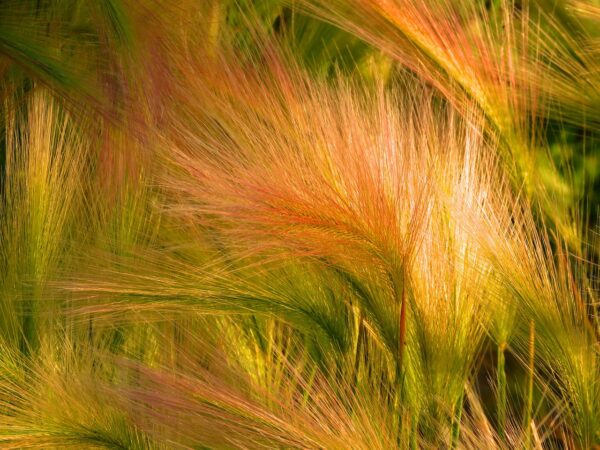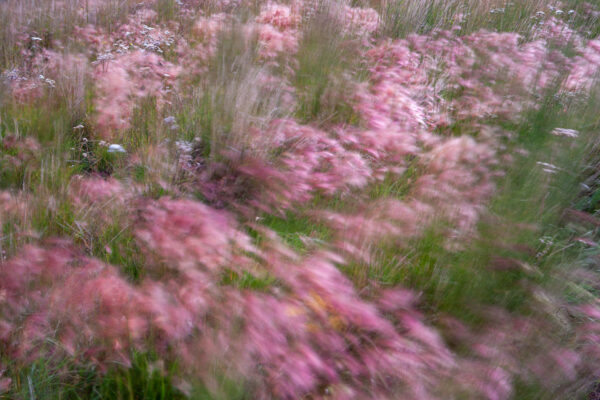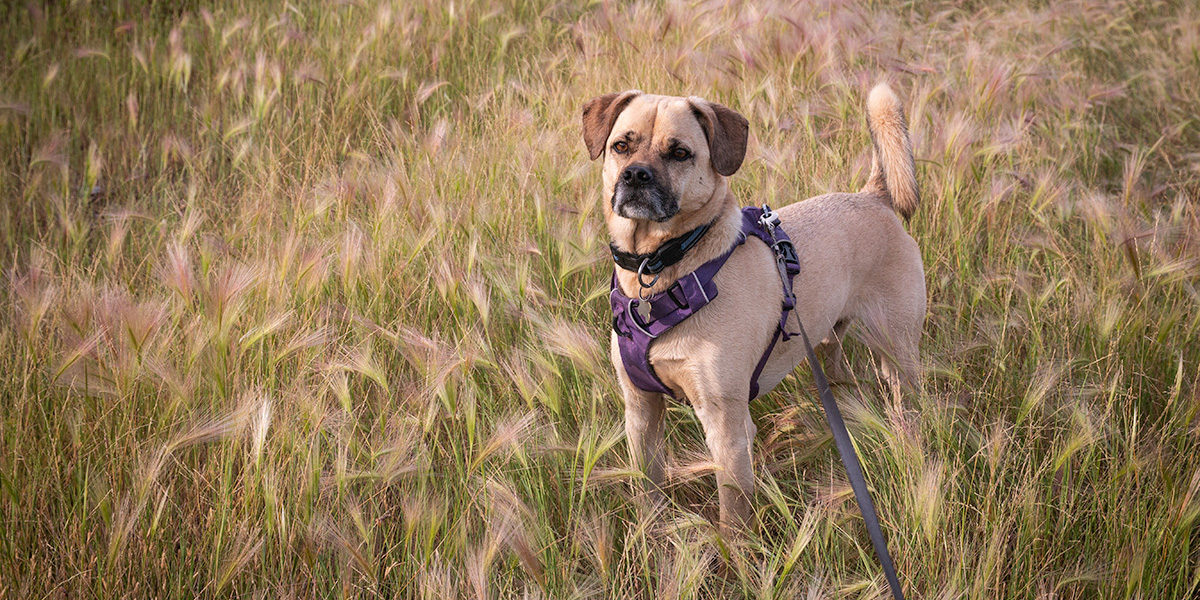Foxtail barley, a native grass in Alberta, is spreading faster than a BC wildfire, and it’s not playing nice with our furry friends!
This attractive-looking grass might look harmless, but its barbed seeds can cause extreme pain to dogs, lodging in their mouth, nose, paws and skin.
The situation was so bad, with so many dogs ending up at the vet, that in August 2022, The Calgary Humane Society (CHS) sounded the alarm warning dog owners of the perils of foxtail.
What’s the Big Deal?
Foxtail barley might seem like a feathery and soft grass, but it’s got a sneaky side.

The little seeds in foxtail barley can easily get stuck in your dog’s coat, especially in the ears or mouth, causing coughing or gagging. Long-coated dogs are the most susceptible, according to Animal Wellness Magazine.
Dr. Danny Joffee told CityNews, Calgary, “The huge problem is the little spikes on the grass awns can actually continue to burrow in through the skin. They can also travel under the skin to other areas of the body into the thorax, into the chest cavity, into the abdomen.”
Getting rid of deeply embedded foxtail spikes often requires costly surgery.
For example, Megan Stride’s dog, Lily-Belle, got a foxtail lodged in her nose, leading to “reverse sneezing” and coughing. Luckily, a minor procedure solved the issue, but it came with a price tag of around $500.
The Potential Risks
The troublesome seeds of the Foxtail can cause infections and abscesses and even become life-threatening if they reach the chest, abdomen, or eye. That’s not the kind of adventure we want for our four-legged pals!
Dr. Shelby Kimura, a veterinarian at Healthy Paws Forward Veterinary Hospital in Calgary, knows the dangers of foxtail barley all too well.
“Much like when you’re trying to remove a sliver, sometimes the more you try, the deeper it goes. This can cause irritation in any of the orifices because we can’t really see what’s going on; we can only see that our dog is not well.”
Kimura said she mostly treats dogs who have eaten foxtails.
“They’ll be swallowing really hard, gulping, maybe drooling a little bit, obsessively eating grass or licking the floors or on the walls or even themselves,” she told CTV News.

The City of Calgary Joins the Fight
Things have gotten so bad that in early July this year, Calgary City Council updated the Community Standards Bylaw to ensure the pesky grass is removed or mowed on private and public properties once it reaches eight centimetres before it starts spreading its seeds.
The goal is to keep pets safe without completely getting rid of foxtail barley, which has environmental benefits because the plant accumulates high amounts of salt in its leaves and roots, reducing the salinity of the soil.
Rockyview County, although not specifically targeting foxtail, does mow municipal reserves once per year and ditches once or twice per year to help prevent the grass from going to seed.
Prevention is the Key
- Keep your backyard tidy: regularly mow the lawn and remove any foxtail barley plants to reduce the risk of exposure.
- Avoid tall grass: during walks, stay away from areas with overgrown grass where foxtail barley is more likely to lurk.
- Doggy grooming: brush your dog’s fur regularly, paying close attention to their ears, paws, and underbelly. This can help catch any hitchhiking seeds before they cause trouble.
Stay Vigilant and Educated: As responsible dog owners, let’s educate ourselves about foxtail barley.
It’s essential to keep your dog on a leash in areas with foxtail barley and always watch what goes into their mouth!






